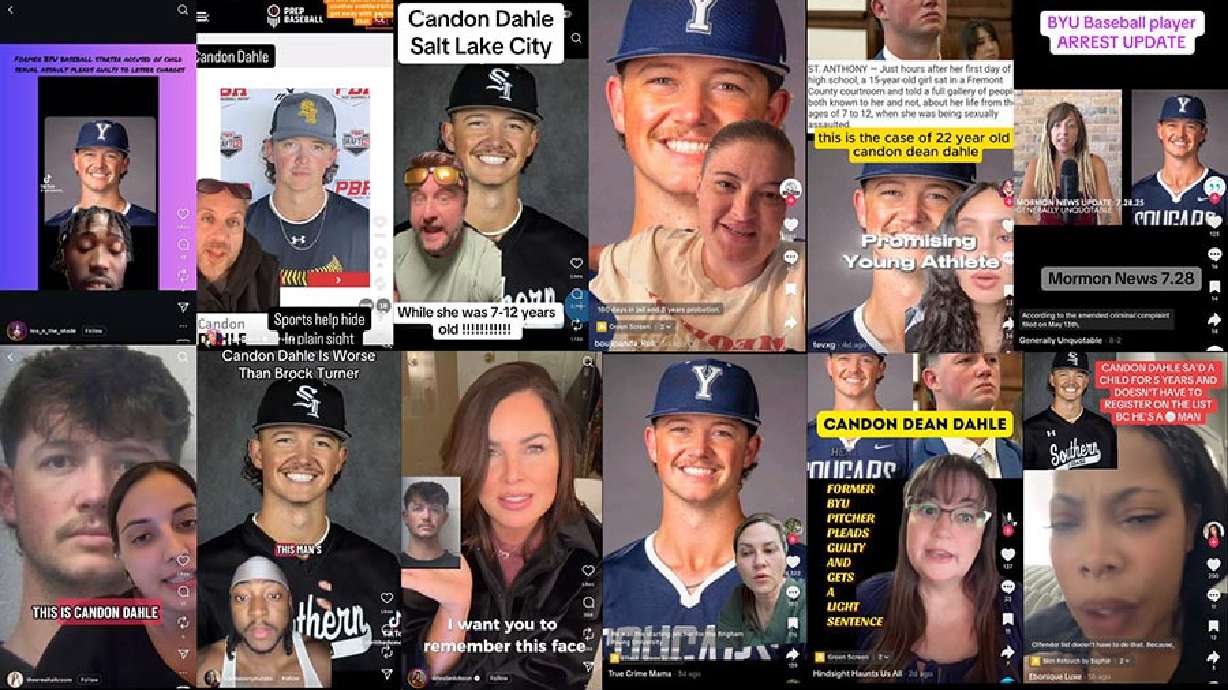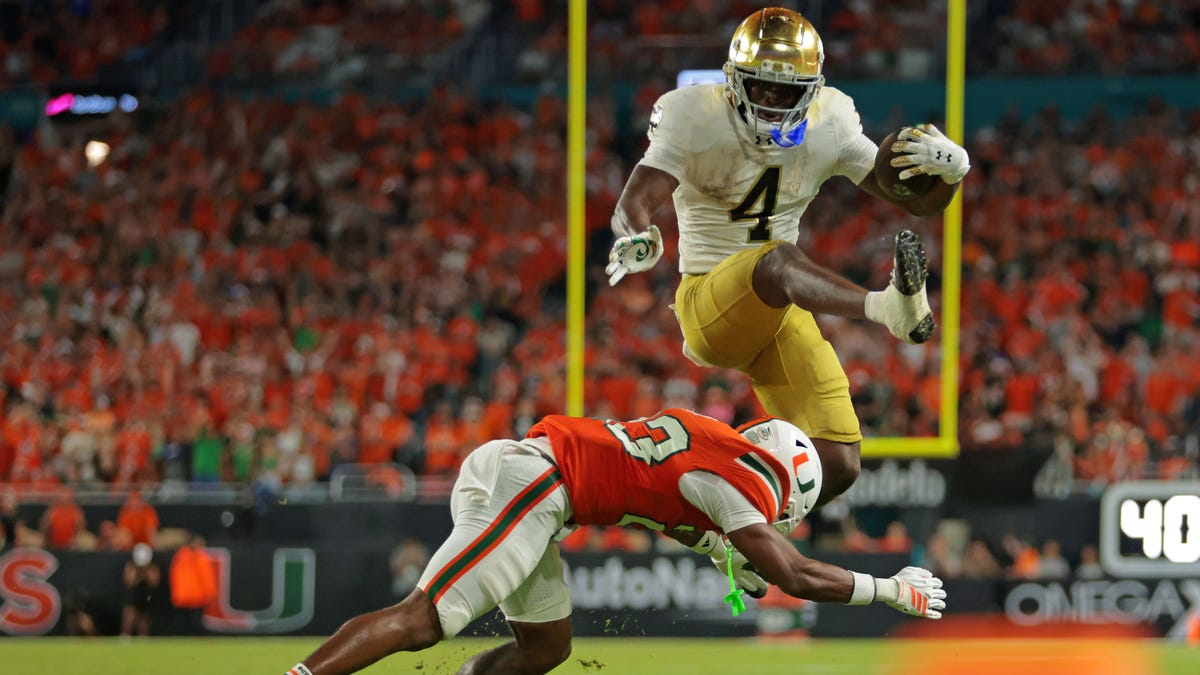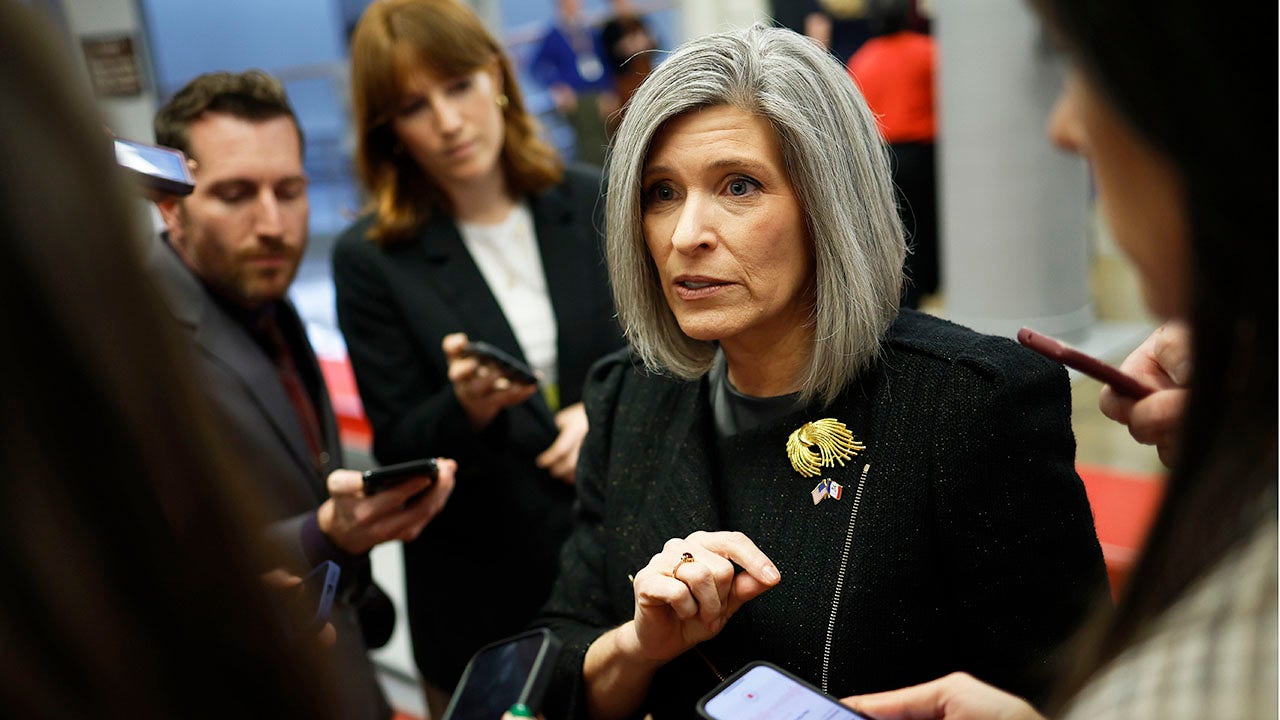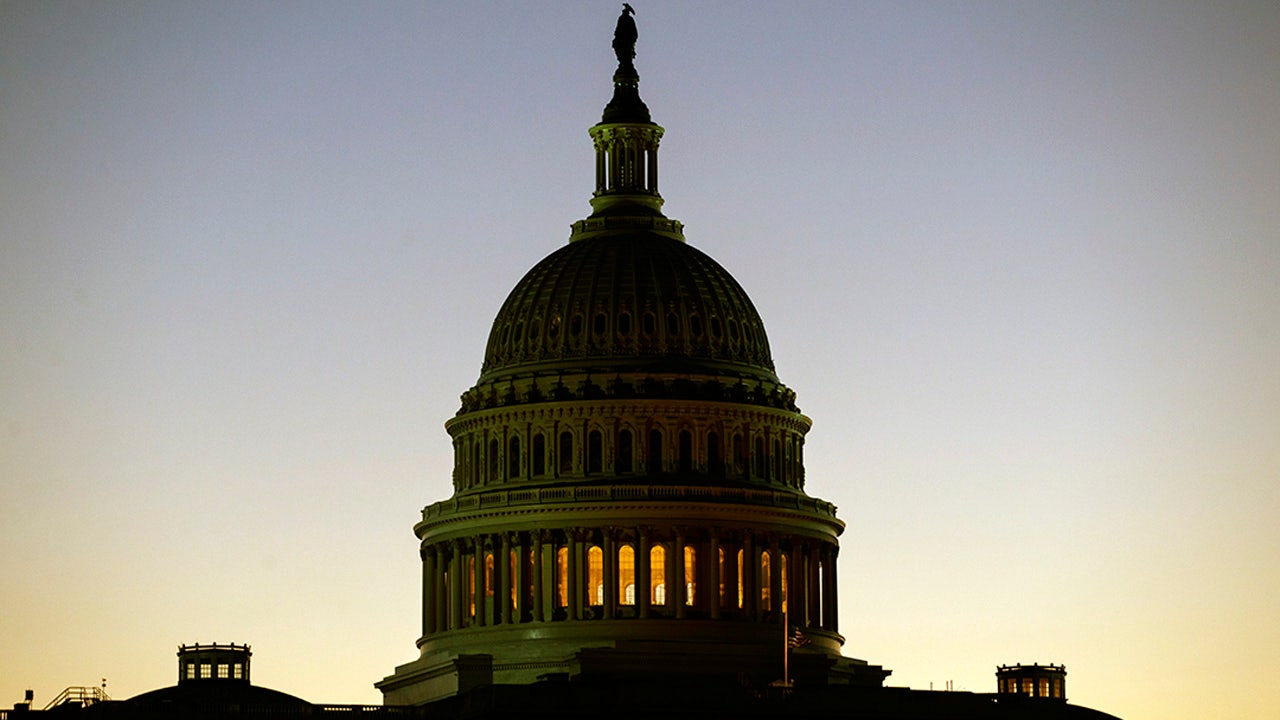Culture
Why March Madness belongs to the women: Star players, big ratings make it tourney to watch

There’s always a sign.
Last spring, I first noticed something special was happening when I couldn’t walk half a block in Dallas without running into large packs of Iowa or South Carolina fans. There were also my guy friends back home who, for the first time, were planning their weekend around the women’s NCAA Tournament games instead of the men’s. And all the sports talk radio channels were discussing Caitlin Clark and Angel Reese. My spidey senses were tingling.
I could feel it in my bones that the sport was primed for a breakthrough moment, though I couldn’t have imagined that nearly 10 million people would tune in for the Iowa-LSU national title game, shattering the previous record for viewership of a women’s basketball game. But I could tell that the barrier of apathy had been broken; these women, that late-game taunting, the sport itself — it’d all be talked about for days and weeks and months to come.
I have the same feeling right now.
Another giant leap is coming for a sport that ought to be growing accustomed to these gains. As we head into March Madness, it is the women’s side of the tournament that is taking center stage. It is the women’s stars who shine the brightest. It is the women’s game with the most intriguing storylines.
And … that’s not even debatable!
“We’ve been on a steady incline,” USC coach Lindsay Gottlieb said during my SiriusXM show Sunday night. “You combine the star power in our game, the fact that you have some of these established stars that fans have really built a relationship with like Caitlin Clark, Angel Reese, Cameron Brink — and then you add in this incredibly dynamic freshman class.
“What we’re seeing is that women’s basketball is a really marketable entity. People love it. We’re in a space where there’s an incredible amount of excitement around it. … It’s something that’s, really, a movement.”
We’ve seen those insanely long lines of fans waiting to get into arenas — any arena — to see Clark play. More than 3 million people watched Clark’s Hawkeyes beat Nebraska in overtime in the Big Ten championship game on CBS, with the audience peaking at 4.45 million (!) in overtime. Clark is so ubiquitous that she was discussed multiple times during this year’s NBA All-Star Weekend’s broadcast … while her State Farm commercials aired during its breaks.
GO DEEPER
Like Steph and Jimmer before her, Caitlin Clark is a ‘once in a lifetime’ experience
ESPN recently announced that this was its most-watched women’s college basketball regular season in more than 15 years, its viewership up 37 percent on ESPN platforms from last season. Its SEC championship last Sunday between LSU and South Carolina drew almost 2 million viewers, and the Pac-12 title match on the same day between USC and Stanford — the Trojans a No. 1 seed and the Cardinal a No. 2 seed in the upcoming tournament — drew more 1.4 million viewers, up 461 percent from last season’s championship. Those three title games out-rated three NBA weekend games.
With more eyeballs comes increased familiarity for fans, both new and old. Now, they know the stars by first name only. Caitlin. Angel. Paige. JuJu. Cam. Hannah.
Quick! Walk into your neighborhood sports bar and ask someone to name five men’s basketball players playing this week. Can they do it? I’m not sure I’d bet a beer on that.
Recently on his podcast, KG Certified, Kevin Garnett made the same point. “This is the first time watching college basketball where I know more girls than guys,” he said.”This is the first time we’ve got women’s basketball ahead of men’s basketball. Women’s college basketball is … electric. It is blowing the guy’s game out of the water.”
Of course, that won’t matter much when we sit on our couches or bar stools for 14 straight hours on Thursday and 14 straight hours on Friday. We’ll watch the men’s games just the same, falling in love with Cinderellas even though they bust our brackets. We’ll agonize over a coach’s horrendous late-game clock management. And we’ll keep watching the men because theirs has long been the best postseason in sports.
But parity on the women’s side has changed the calculus a bit. So has the transient nature of men’s college basketball; one-and-dones coupled with the transfer portal has made it harder than ever for players to become household names across the sport nationally. And so many of the men’s biggest stars — its Hall of Fame coaches — have retired and left the sport without its weightiness.
And that has opened a door for the women’s game to run through. This is the sport with players who stay three or four years and grow in front of our eyes. This is the sport with its Hall of Fame coaches still leading the way — many themselves recognized on a first-name basis: Dawn, Geno, Tara, Kim — even as parity increases and college athletics evolves under their feet.
So, this week, I’ll be most interested in Clark’s last tournament run and whether she can will the Hawkeyes to another Final Four. I’ll want to see JuJu Watkins, the freshman phenom who has revitalized USC’s women’s program, on the big stage for the first time. I’ll want to pretend I have half of the energy in my daily life that Notre Dame’s Hannah Hidalgo does on defense in just one game. I’ll be on pins and needles waiting to see if South Carolina can complete a perfect season after falling just short a year ago.
There will undoubtedly be the usual Neanderthal takes, men who still try to claim that “nobody” watches women’s basketball despite all of the evidence to the contrary. Those opinions now get shouted down by the dads who bond with their daughters by taking them to games and the moms of little boys who wear Clark jerseys and don’t think there’s anything strange about idolizing a female athlete. Those men can cling to their silly little outdated punchlines that make no sense anymore, while we watch compelling basketball and join this rocket ship as it rises.
“Eyes were opened last year, and we just fed off of that momentum, and it didn’t ever stop,” Notre Dame coach Niele Ivey told me Sunday. “Great teams, great players — the women’s game is just hot.”
(Illustration: Dan Goldfarb / The Athletic; Photos of Angel Reese, Caitlin Clark, Hannah Hidalgo: Eakin Howard / Adam Bettcher / Icon Sportswire, Joseph Weiser / Icon Sportswire)

Culture
Test Your Memory of These Classic Books for Young Readers

Welcome to Lit Trivia, the Book Review’s regular quiz about books, authors and literary culture. This week’s tests your memory of books you may have read during your school days — specifically, the plots of much-loved novels for young readers. In the five multiple-choice questions below, tap or click on the answer you think is correct. After the last question, you’ll find links to the books.
Culture
Test Yourself on These Cartoons and Comics Adapted for the Screen

Welcome to Great Adaptations, the Book Review’s regular multiple-choice quiz about printed works that have gone on to find new life as movies, television shows, theatrical productions and more. This week’s challenge highlights cartoons and comic strips that were later adapted for the screen. Just tap or click your answers to the five questions below. And scroll down after you finish the last question for links to the books and some of their filmed versions.
Culture
I Want This Jane Kenyon Poem Read Aloud at My Funeral

You can hear a reading of this poem at the bottom of the page.
“The Pond at Dusk”: It’s a title that presents an image of calm, touched with the faintest shimmer of dread. You might picture a peaceful summer evening in the countryside somewhere, but you might also feel the tug of a somber metaphor in the word “dusk.” Night is falling, and this poem proceeds, nimbly and observantly, toward an unsentimental confrontation with death.
In one called “Twilight: After Haying” — there’s that dusk again — she writes that “the soul / must part from the body: / what else could it do?” What else indeed. This fatalism provides its own kind of solace. “The day comes at last.” The end is inevitable, inarguable, and there may be a balm in acknowledging that fact.
Not that “The Pond at Dusk” quite dispenses such consolation. It isn’t Kenyon’s style to offer homilies or lessons. Instead, she watches, with sympathetic detachment, standing back from the implications of her words and letting them ripple outward, toward the reader.
This is not the kind of nature poetry that gazes in wonder at the glories of creation, taking the world as a mirror of the poet’s ego. Kenyon parcels out her attention carefully, removing herself from the picture as rigorously as a landscape painter at her easel.
The Pond at Dusk
A fly wounds the water but the wound
soon heals. Swallows tilt and twitter overhead, dropping now and then toward
the outward–radiating evidence of food.
The green haze on the trees changes
into leaves, and what looks like smoke floating over the neighbor’s barn
is only apple blossoms.
But sometimes what looks like disaster
is disaster: the day comes at last, and the men struggle with the casket
just clearing the pews.
Listen to A.O. Scott read the poem.
THE POND AT DUSK by Jane Kenyon
-

 Finance1 week ago
Finance1 week agoReimagining Finance: Derek Kudsee on Coda’s AI-Powered Future
-

 World1 week ago
World1 week agoSyria’s new president takes center stage at UNGA as concerns linger over terrorist past
-

 Technology1 week ago
Technology1 week agoThese earbuds include a tiny wired microphone you can hold
-
North Dakota1 week ago
Board approves Brent Sanford as new ‘commissioner’ of North Dakota University System
-

 Culture1 week ago
Culture1 week agoTest Your Memory of These Classic Books for Young Readers
-

 Crypto1 week ago
Crypto1 week agoTexas brothers charged in cryptocurrency kidnapping, robbery in MN
-

 Crypto1 week ago
Crypto1 week agoEU Enforcers Arrest 5 Over €100M Cryptocurrency Scam – Law360
-

 Rhode Island1 week ago
Rhode Island1 week agoThe Ocean State’s Bond With Robert Redford






















